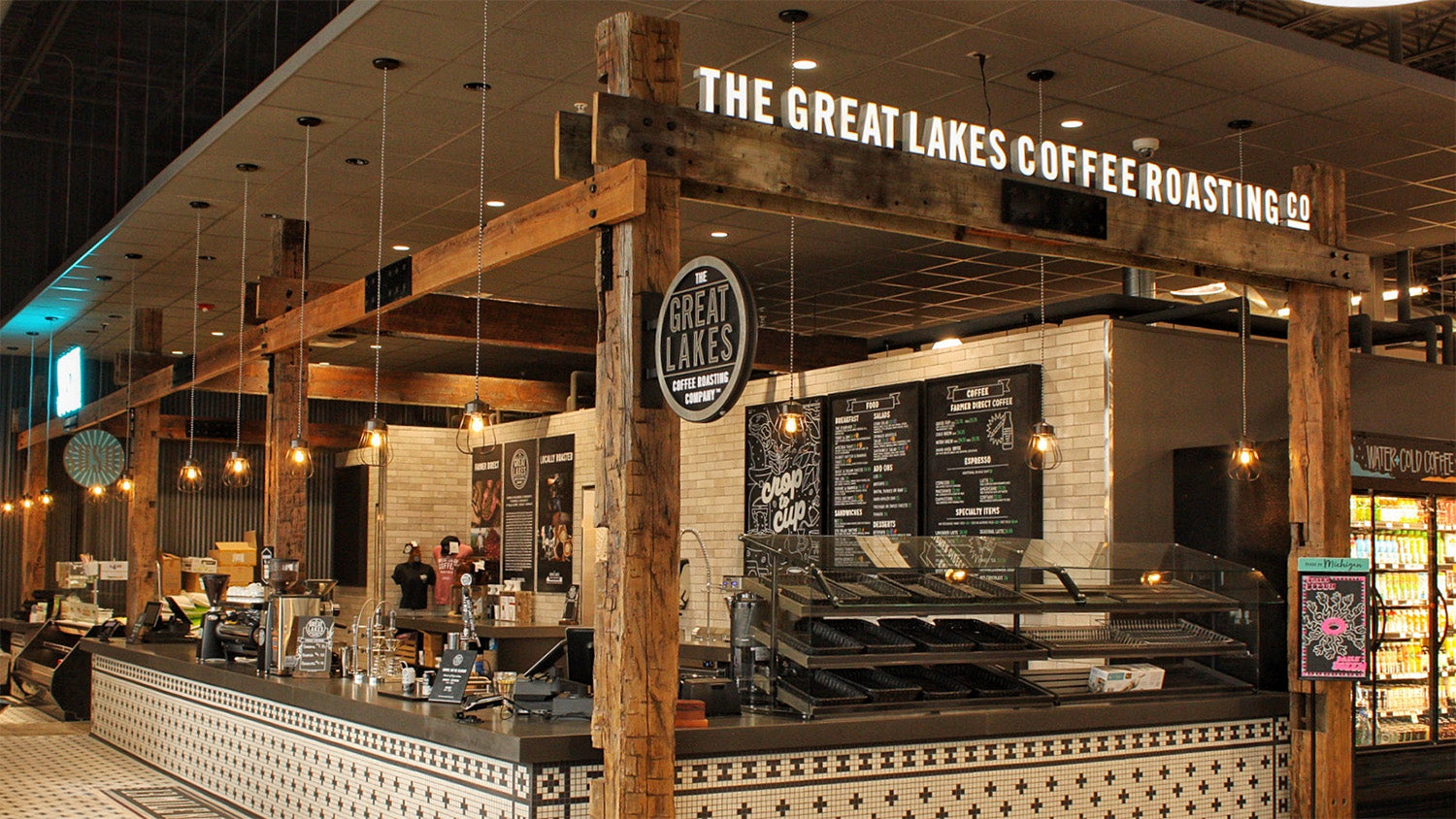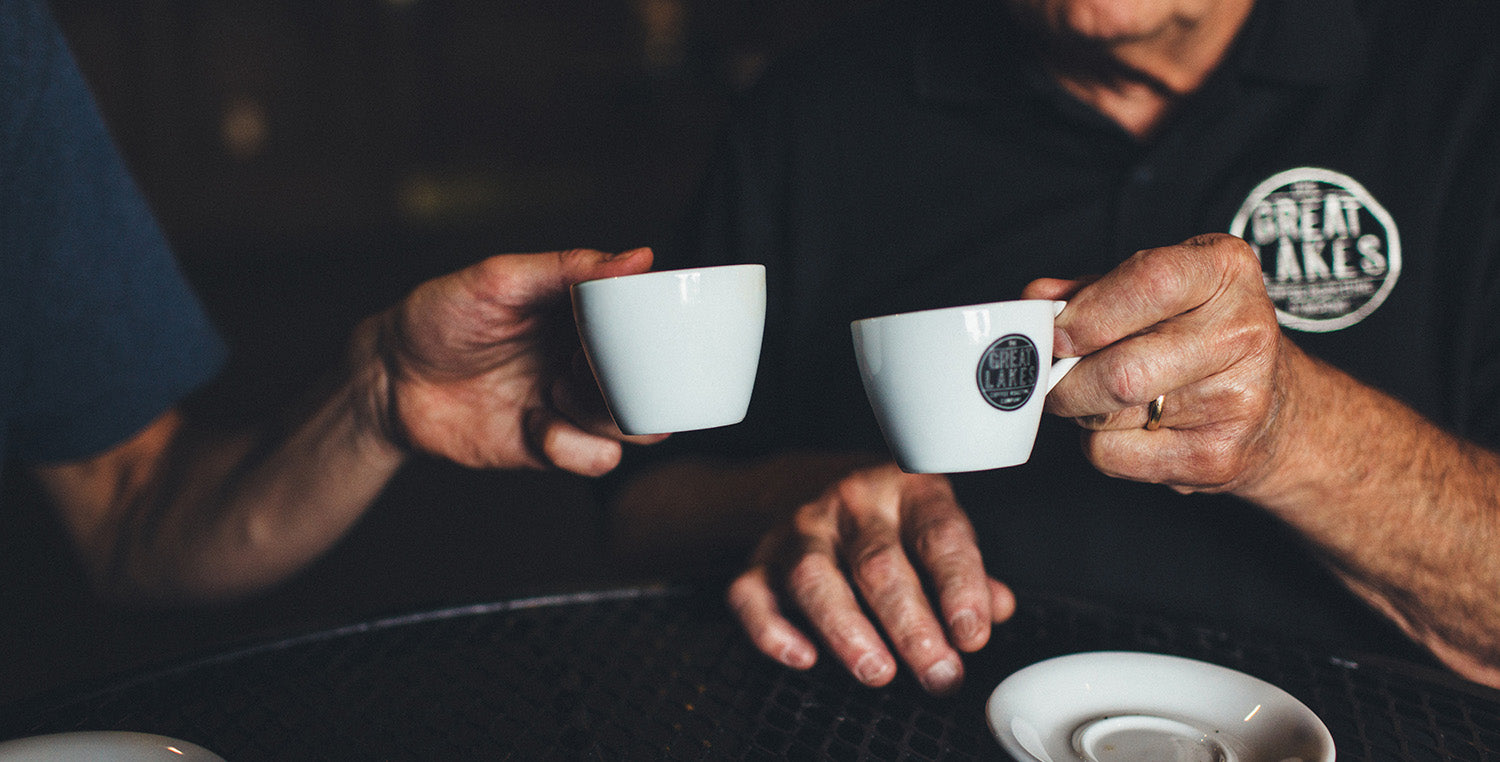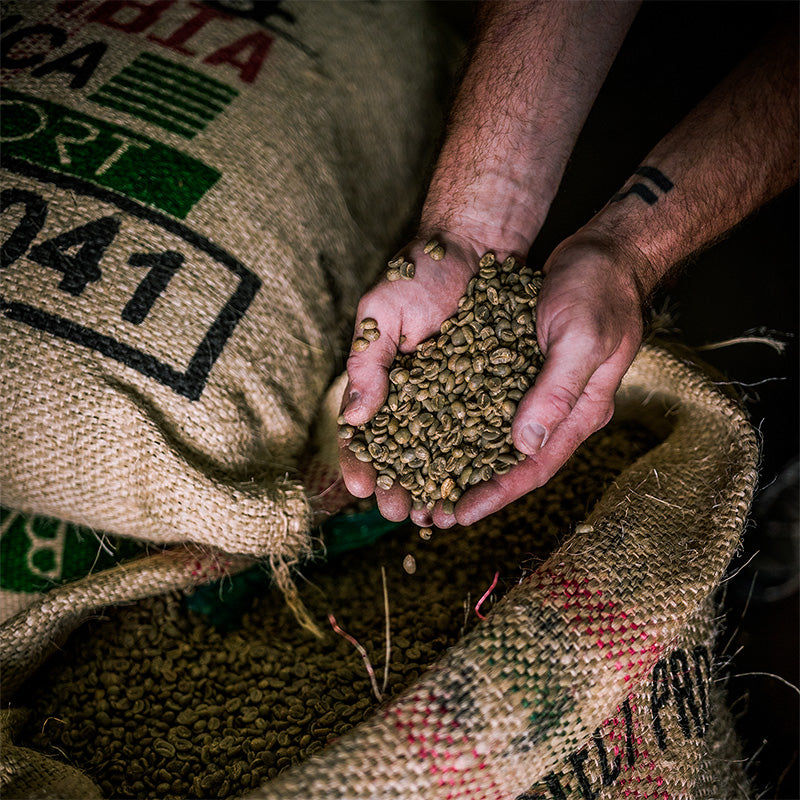
Our Commitment to Quality
We meticulously source our beans, recognizing that factors like climate, altitude, and cultivation methods influence the final taste. By fostering direct relationships with farmers, co-ops, and importers, we ensure access to the finest, responsibly grown coffees. Each batch undergoes rigorous evaluation, including roasting test batches and cupping, to meet our exacting standards.
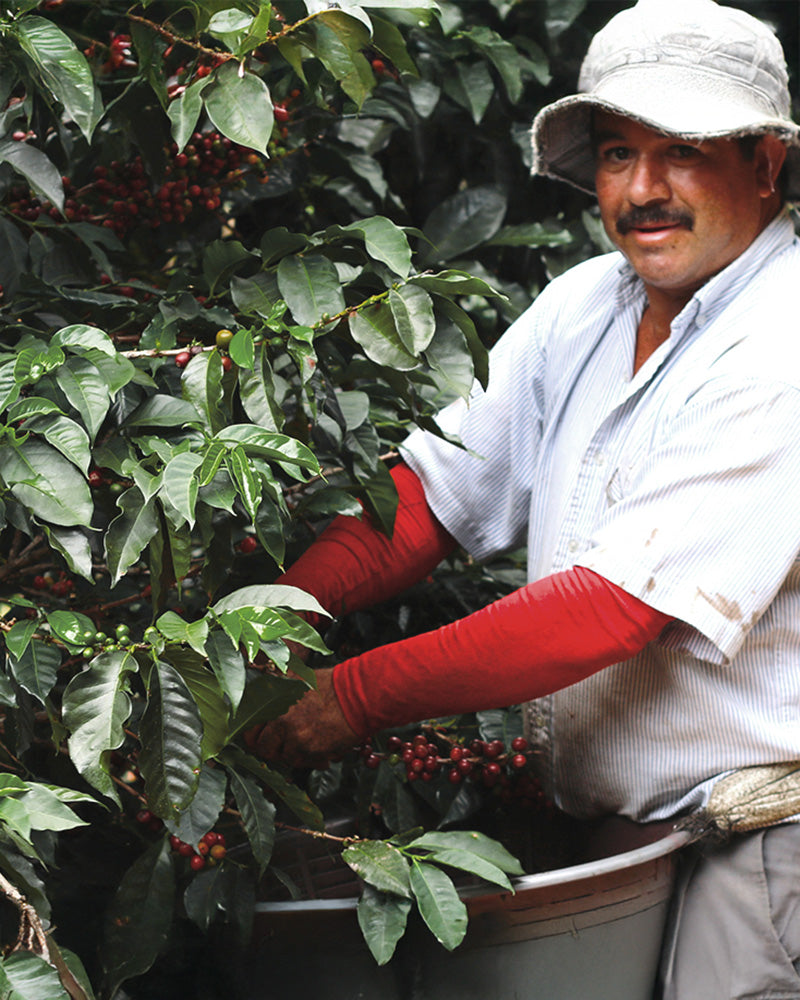
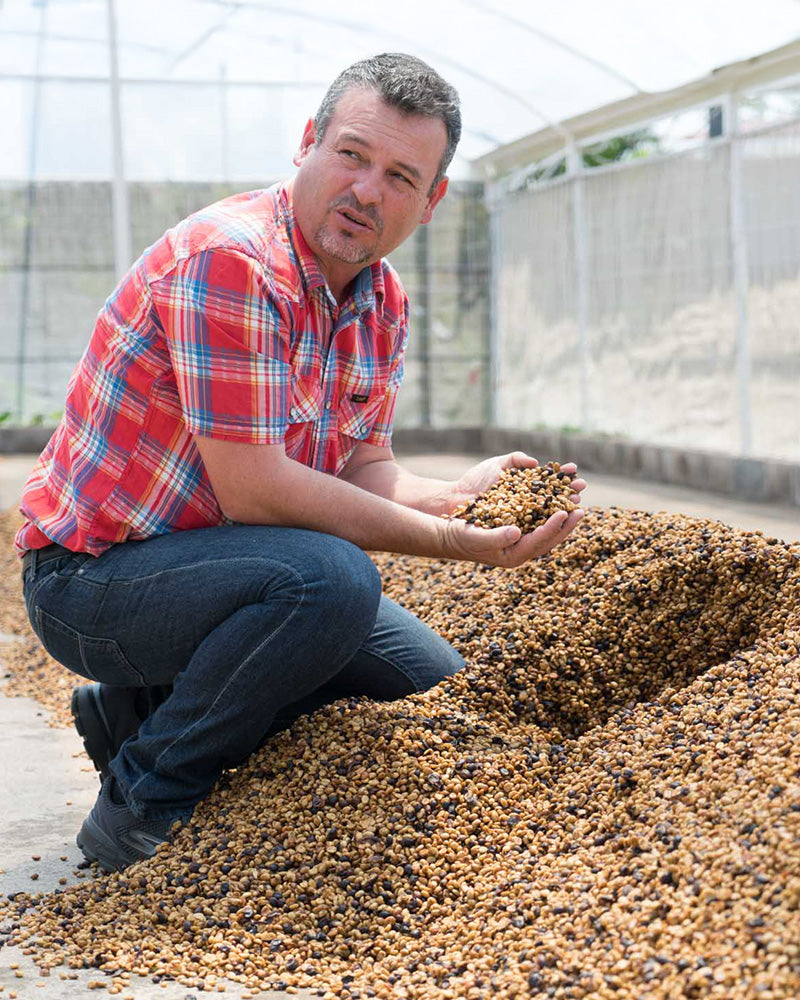
Our Farmers
We prioritize cultivating relationships with our farmers, engaging in direct exchanges to observe the health of coffee trees and soil, and developing strategies to enhance quality. Annually, we visit our partner farmers, collaborating on agronomy and sharing in their daily lives. These enduring partnerships are the bedrock of our business, bringing greater prosperity to farming families and ensuring exceptional coffee for our customers.
